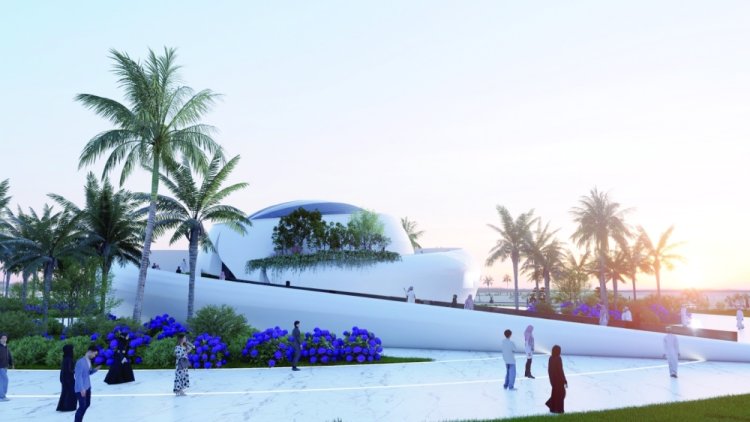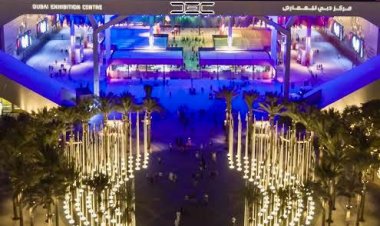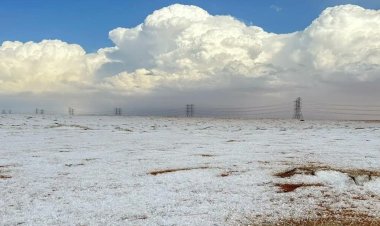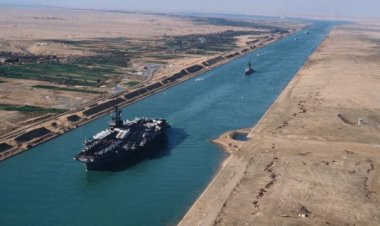Oman to Build Sultanate’s First 3D Printed Mosque Along Dahariz Beach

Oman to Build Sultanate’s First 3D Printed Mosque Along Dahariz Beach
In a visionary step toward sustainable urban development, Oman is set to build its first-ever mosque using 3D printing technology. The project, announced by the Oman News Agency (ONA), will be located in the Dahariz Waterfront Development area in Salalah, Dhofar Governorate. The mosque will be constructed by Innotech Oman, a regional pioneer in construction-focused 3D printing, in collaboration with Oday Architecture, known for their forward-thinking design ethos. This initiative represents a fusion of tradition, innovation, and environmental responsibility.
The architectural concept of the mosque draws inspiration from a spiral ribbon, symbolizing unity and continuity. The design incorporates shaded walkways and layered green terraces that seamlessly blend into the natural surroundings. At the heart of the structure will be an oval prayer hall, illuminated by a central oculus a circular skylight that allows natural light to filter through, symbolizing divine guidance. The minaret, a prominent feature of the mosque, will merge cultural heritage with modern design. Shaped like the traditional Omani sail and incense burner, it will be topped with a crescent, embodying both spiritual and national identity.
The mosque is being developed under the Dahariz Waterfront Development Plan, spearheaded by the Dhofar Municipality under the leadership of Dr. Ahmed bin Mohsen Al Ghassani. The agreement was signed in the presence of Sayyid Marwan bin Turki Al Said, Governor of Dhofar, with Engineer Yasser bin Said Al Barami sponsoring the project. Dr. Al Ghassani emphasized that this mosque will serve as a spiritual, architectural, and cultural landmark along Dahariz Beach, reflecting the governorate’s commitment to innovation rooted in Islamic identity.
Sustainability is a key pillar of the project. The 3D printing process will not only accelerate construction timelines but also significantly reduce material waste. The structure will incorporate renewable energy systems designed to harvest energy from motion, wind, and sunlight. These features aim to create a self-sustaining environment while reducing the building’s carbon footprint. The choice of coastal-friendly, salt- and wind-resistant plants in the surrounding landscape further highlights the project's alignment with eco-friendly principles.
This landmark mosque is more than just a place of worship it is a bold statement of Oman’s forward-looking approach to urban development, combining technological innovation with cultural and spiritual depth. Once completed, it is expected to become a beacon of sustainable Islamic architecture, setting a new standard for religious and civic spaces across the region.






















